Intro
While the Halla Horse is very much a South Korean breed (they are named for the Hallasan Volcano on Jeju Island) they are also commonly found in Indonesia.
Read more
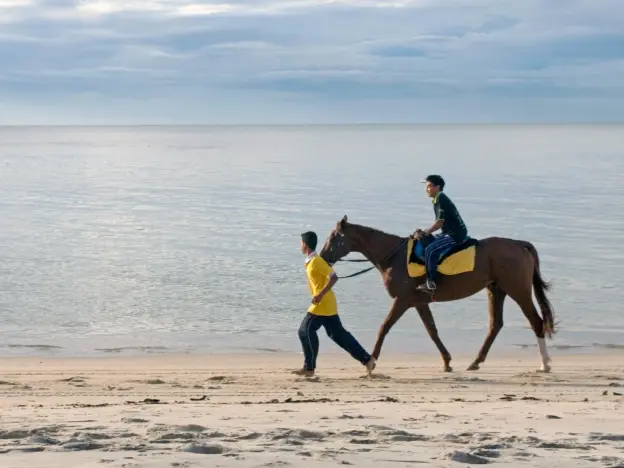
While the Halla Horse is very much a South Korean breed (they are named for the Hallasan Volcano on Jeju Island) they are also commonly found in Indonesia.
Read more
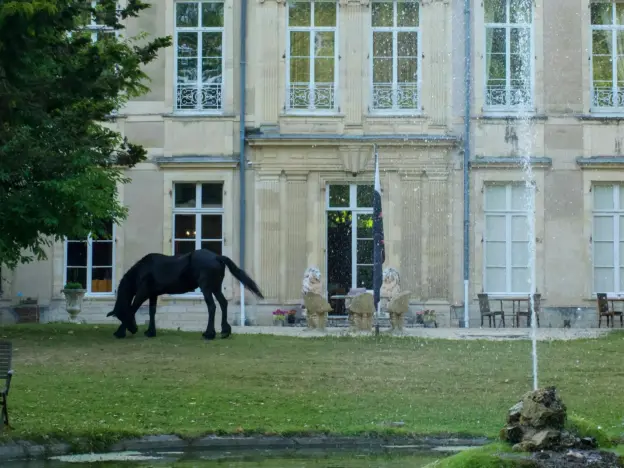
Not a breed on its own, Demi Sang de l’Ain, Caval de Bresse or the Half-Blood of the Dombes is a strain of Selle Français Horse bred in the Dombes and Bresse regions of France.
Read more
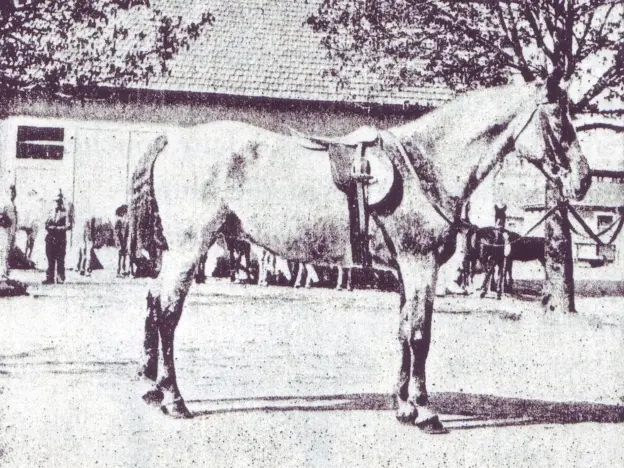
Not a breed on its own, the Half-Blood of Centre is a strain of the Selle Français Horse bred in the Centre Region of France.
Read more
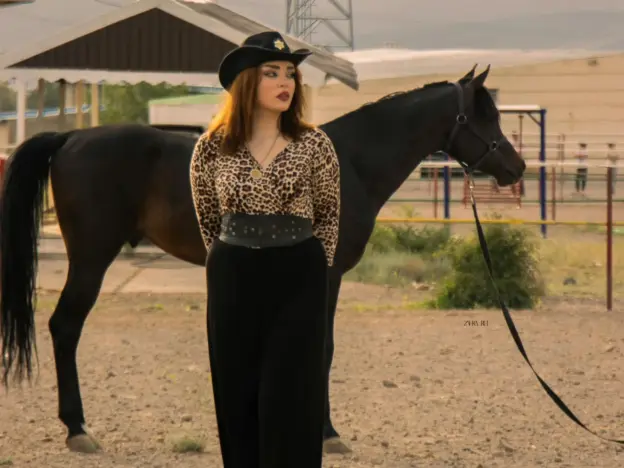
The Hadban Arabian is among the original, pure strains of desert-bred Arabian horse, these pure strains are also sometimes called Al Khamsa and Asil.
Read more
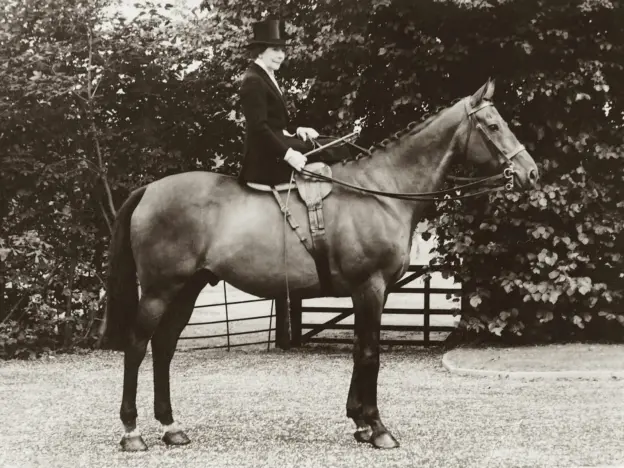
Not an actual breed, the Hack Horse is essentially an Anglo-Arabian and there are several different strains associated with the variety.
Read more
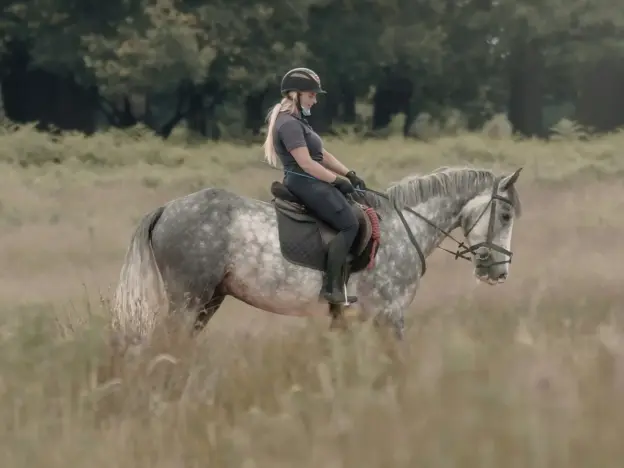
Not an actual breed, the Hack Horse is essentially an Anglo-Arabian and there are several different strains associated with the variety.
Read more
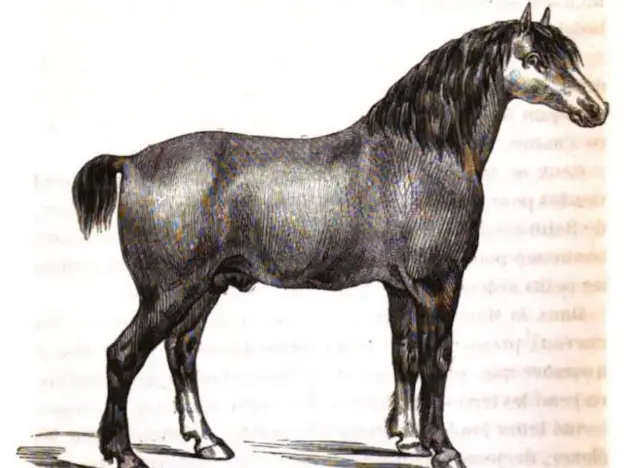
The Haguard Horse, Bidet de la Hague or Hague Pony is a breed of Bidet horse which is bred in the Hague region of Normandy, France
Read more
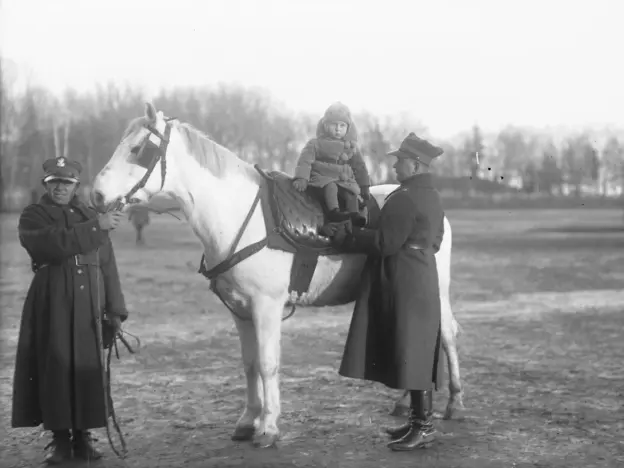
The Garwolin Horse is among several varieties of the Polish Coldblooded Horses and not an official breed on its own.
Read more
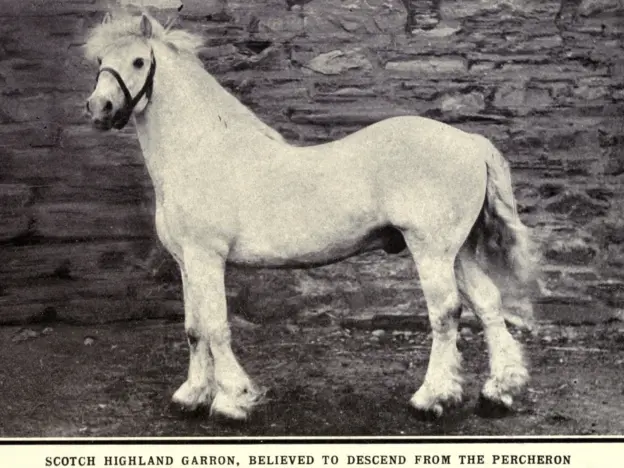
Not considered an official breed, the Garron Horse is a strain of Highland Pony bred on the mainland, they tend to be heavier than their island counterparts.
Read more
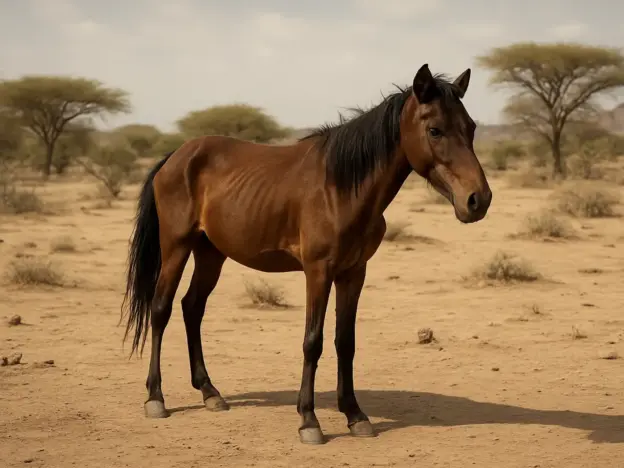
Not an official breed, the Galbed Pony is said to be a variety of Somali Pony or Abyssinian Horse.
Read more